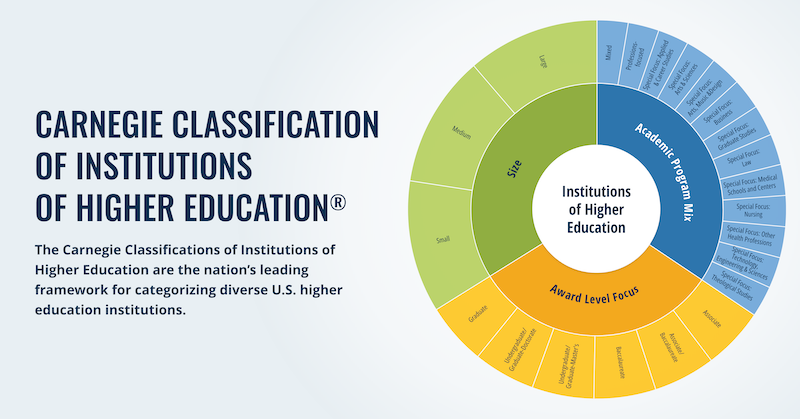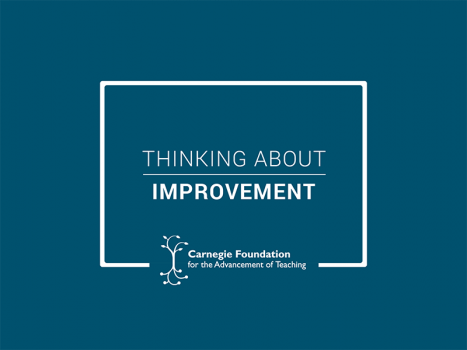Carnegie’s Statway® and Quantway® Pathways were originally created to solve the developmental crisis for students.
The Pathways have been extremely successful in reaching this goal, particularly for students pursuing a range of non-STEM fields, including liberal arts, social services, and criminal justice. But up until now, the Carnegie Pathways did not deliver the all necessary algebra and pre-calculus content to enable their students to be eligible to take the math courses in STEM or business majors, as well as other programs that require similar math preparation. That is all about to change thanks to the bridge courseware in development.
In response to a challenge grant made available by Carnegie this summer, Pathway faculty leaders are working to develop bridge courseware that Pathways colleges can use to create their respective bridge courses. The future Pathways Bridges will allow students to pursue college-level courses in STEM and/or technical fields without having to enroll in an additional developmental math course. Faculty outlined what course content their prospective bridge courseware would need and found that there was significant overlap across the colleges. Among the colleges there was general consensus that linear, quadratic, and polynomial equations in addition to functions, rational expressions, and exponents were the topics that bridge courseware will cover in-depth. The colleges agreed to develop the curricula for the courseware with the understanding that they would be expected to share the content throughout the larger network.
Pathways Bridges will allow students to pursue college-level courses in STEM or technical fields without additional courses.
The college-based teams will not only be working on content, but also on designing the method of delivery and timing of the prospective Pathways Bridges. The timing of the bridge courseware can be customized for a college’s unique student population and their needs. The bridge can be run as a co-requisite with Statway or Quantway, as a co-requisite with the college-level math course in the STEM or technical fields, or as a separate course to be taken between the completion of Pathways and the beginning of the destination math course. The delivery method is also diverse as some participating colleges are designing the bridge courseware to be delivered entirely online, while others are opting for in-person class time, and several will be creating a hybrid of the two. This variation will allow the Pathways Networked Improvement Communities to rapidly learn through practice what is working where and for whom, and to prototype and test promising practices across other campuses.
The need for the Pathways Bridges is a real and pressing one. A sobering 2013 U.S. Department of Education report sheds light on the attrition problem that four- and two-year colleges observe in their STEM majors.
The need for the Pathways Bridges is a real and pressing one. A sobering 2013 U.S. Department of Education report sheds light on the attrition problem that four- and two-year colleges observe in their STEM majors. The report studied a cohort of students from 2003 (when they started their postsecondary education) through 2009. In this cohort, about one in four bachelor’s degree students and one in five associate’s degree students began their college career as a STEM major. By 2009, 48 percent of the bachelor’s degree STEM students and 69 percent of the associate’s degree STEM students had either switched into a non-STEM major or had left college entirely without earning a certificate or degree. This is an especially distressing outcome given the increasing attention being paid the need and opportunities for well-prepared STEM majors. Statway has a strong case that it can be part of the solution in helping students with their overall college performance, and the following graphs from the report, Community College Pathways’ Program Success, show Pathways students’ success in two areas that matter a great deal: grades (Figure 1) and credit accumulation (Figure 2).
Comparative success rates by college – Year 2. The success rates of the matched comparison students are represented along the x-axis, and those of the Statway student are represented along the y-axis. For ease of interpretation, two reference lines are provided. The 45 degree solid line indicates no difference in outcome (Statway vs. Non-Statway). The dotted line represents “triple the success” rate of Statway students against their Non-Statway counterparts. The numeric values represent pseudo-college IDs.
The success of the Pathways can reach students aspiring for careers in STEM/technical fields.
Comparative college-level credits accumulated in the subsequent year by college – Year 1. The college units of the matched comparison students are represented along the x-axis, and those of the Statway student are represented along the y-axis. For ease of interpretation, the 45 degree solid line indicates no difference in outcome (Statway vs. Non-Statway). The numeric values represent pseudo-college IDs.
After three years of implementation, the Carnegie Pathways have helped close to 9,000 students reclaim their mathematical lives by finding success and earning college credit in what was once seen by them as an insurmountable barrier. The success of the Pathways can and should reach students aspiring for careers in STEM or technical fields as well as those it currently serves. The bridge courseware development, being led by North Hennepin Community College (MN), Richland Community College (TX), Sacramento State University (CA), San Jose State University (CA), and South Georgia State College (GA), has the potential to allow Statway and Quantway to be a practical and effective pathway for potential STEM and technical students and, as a result, allow the Carnegie Pathways to benefit more students than ever before.
January 30, 2015
Inside the Command Center, a recent piece in the Stanford Social Innovation Review by The Billions Institute co-founders Joe McCannon and Becky Kanis Margiotta 10 behaviors of organizations that move initiatives from theory to action.
February 9, 2015
A growing number of districts have adopted multi-rater evaluation systems, in which multiple observers watch, assess, and respond to teachers’ practice. While multi-rater systems are more complex, every district in this study reported many benefits.









